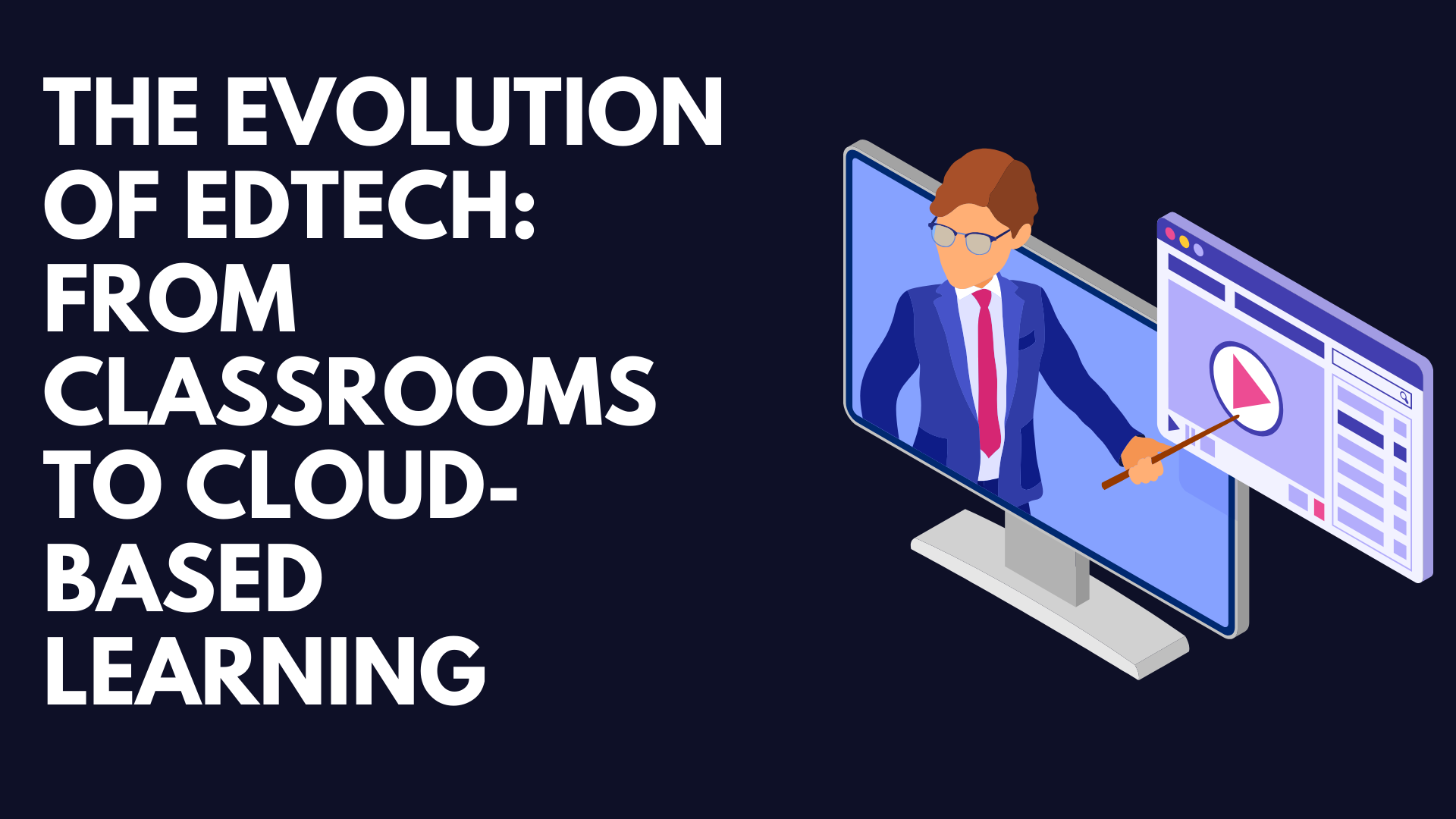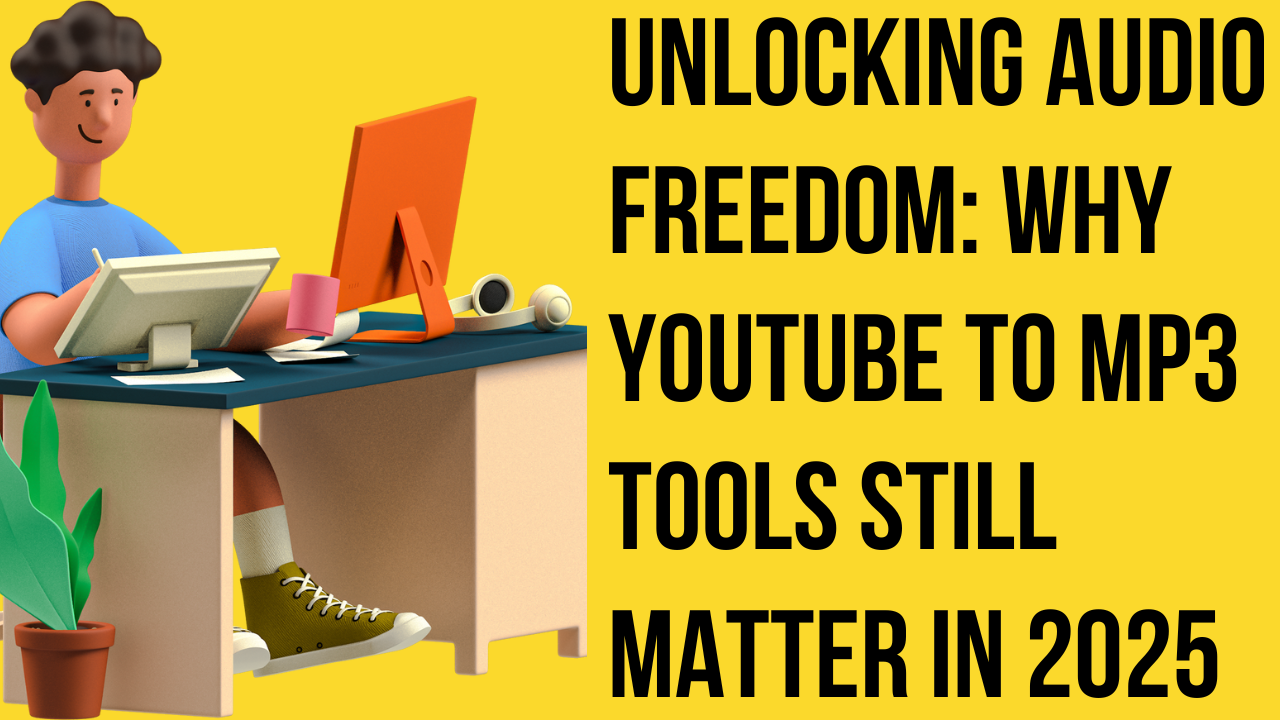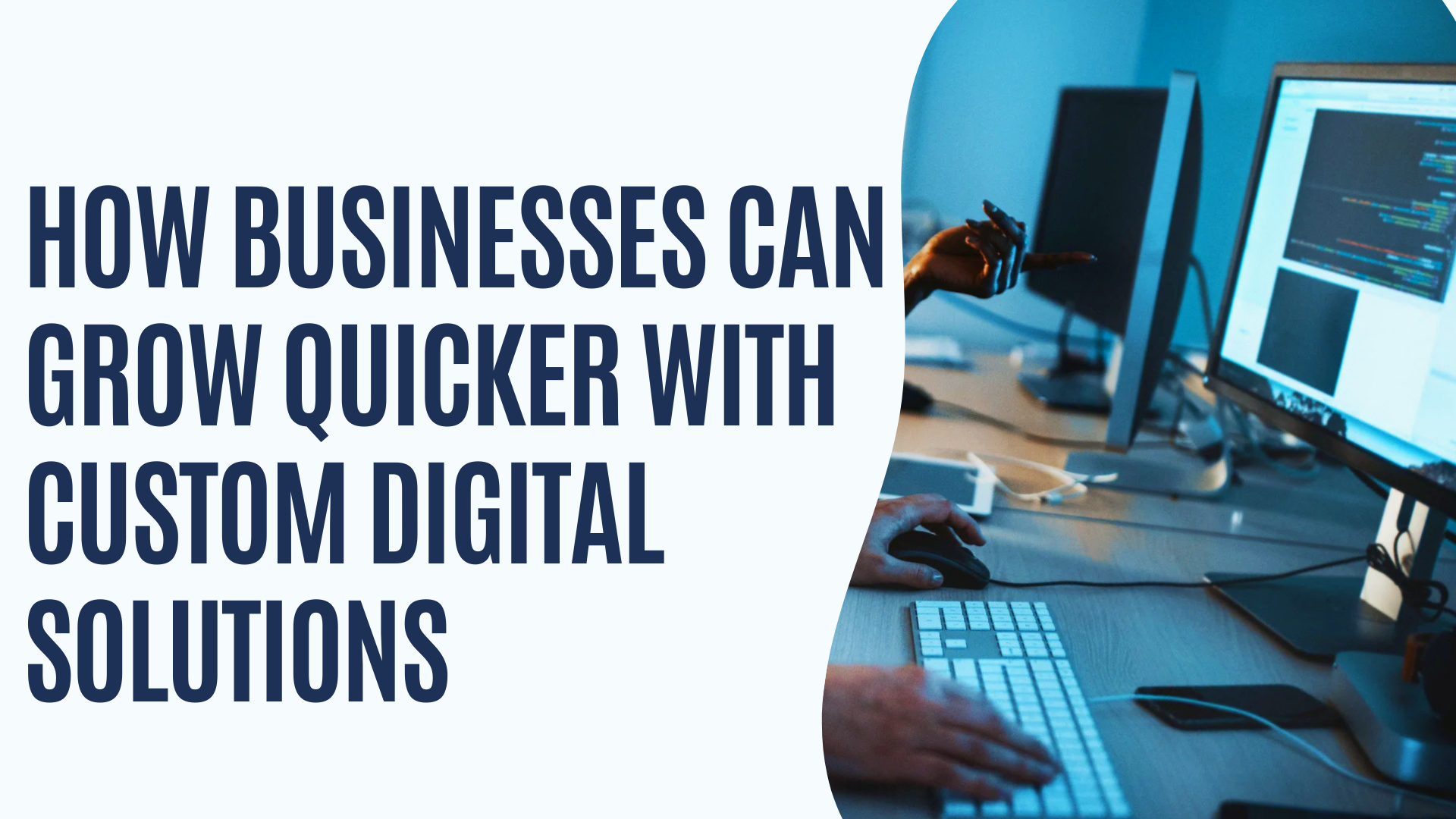Education has moved from chalk and paper to tools that link people across distances. What started as simple aids is now a network of apps and services that deliver lessons, track progress, and support teachers and families. The best part is that modern suites also line up lessons and build paths that fit the pace of each learner.
Early Days of Educational Technology
The Traditional Classroom Model
Previously, teaching relied on face-to-face talk and printed pages. Pupils took notes, copied diagrams, and followed a fixed plan that moved at one speed for the whole group. Those who needed more time often fell behind, while faster peers waited. The approach created order and routine, yet it lacked room for different needs or styles.
Resources lived inside buildings and books, so access also depended on being in the right place at the right time. Evaluations included hand-marked work and personal review, which took a lot of time and made broad tracking hard. The setup gave structure, but it did show limits that modern tools now try to solve.
First Wave of Educational Tools
Simple devices began to change how lessons looked and felt. Overhead units and presentations allowed instructors to showcase ideas to many pupils at once. Language labs with tapes added practice in speech and listening. This helped with real use of new words. These changes not only added variety, but also made lessons more visual.
Even with limits, new devices opened doors to more active tasks. Schools tested new room layouts and new routines so kids could see, hear, and practice content in fresh ways. This stage set up the move toward PCs and global networks.
The Rise of Digital Learning Platforms
Introduction of Computers in Education
When PCs came into labs, kids got hands-on practice with math drills, typing, and grammar checks. Software let them repeat steps until they got it right, and the screen gave instant notes on mistakes. These quick responses helped them see progress and build confidence in small steps.
Shared rooms with rows of machines became common, and discs carried tutorials and reference sets on many subjects. The setup needed money and upkeep, yet it grew the set of materials beyond printed books. This made tech a daily partner in study, not just a rare add-on.
Internet and E-Learning Platforms
The web turned local work into something much larger. Full courses appeared online, with videos, readings, and tasks ready to download. People who lived far from campuses could still join classes, submit work, and get results without travel. Pace control also improved, since users could learn at times that fit their routines.
Free sites such as Khan Academy reached huge groups, while services like Coursera and edX linked users to organized programs. Access widened and the idea of lifelong study gained strength. This is because earning no longer depended on a single place or age.
Specialized Education Management Systems
Learning Management Systems
Course hubs gathered materials, assignments, and updates in one page for each class. Instructors could load content, set due dates, and mark work without paper stacks. For learners, the experience felt steady because everything lived in one place with clear calendars.
Common options such as Moodle, Blackboard, and Canvas added grade books, forums, and charts that showed activity patterns. While built for campuses of many sizes, these suites scaled up or down as needed. They helped bridge the gap between rooms with desks and fully online study spaces.
School ERP Systems
Large organizations needed tools for admissions, attendance, payroll, and exam setup. Resource planning suites joined these tasks into a single database to cut errors and speed up routine tasks. Reports became easier to run, which helped leaders plan staffing and budgets.
Family portals allowed guardians to see attendance and marks without phone calls or visits. This layer focused on operations rather than course content. It kept records clean and helped offices coordinate with teaching teams.
Tutoring Management Software
Private coaching centers and solo instructors needed lighter tools built for smaller teams. Tutoring management software handled booking, reminders, and invoices in one place. This saved time on texts and calls so tutors could focus on teaching.
Learners and guardians could see schedules, get alerts, and review notes after each session. This niche showed how learning tech serves many campuses. It proved that smart design can fit small budgets while still feeling polished.
The Cloud and Mobile Revolution
Why Cloud Changed Everything
Hosted computing removed the need for heavy local gear. Schools and centers could open a browser and start using a service that grew with them. Updates arrived without long installs, and teams no longer worried about old versions.
Access improved as users could sign in from home, classes, or travel. People edited the same file together, met in live rooms, and saw marks in real time. Backups and redundancy protected records, which reduced fear of lost files or broken drives.
Mobile-First Learning
Phones turned into study kits that fit in a pocket. Apps let users read notes, watch clips, chat with mentors, and upload work on the move. Alerts kept deadlines visible and lowered the chance of missed tasks.
Short practice sets worked for small chunks of time, like bus rides or lunch breaks. Badges, quick quizzes, and progress bars further kept people engaged. The format felt flexible without losing order or clear goals.
The Role of AI and Emerging Technologies
AI in Personalized Learning
Artificial intelligence studies patterns in how people work through tasks, then adjusts the next step to fit skill level and speed. A teen who struggles in algebra might get extra practice on one skill, while a peer who finishes fast sees harder items. This tuning cuts frustration and keeps growth steady.
Automated marking tools flag common errors and return notes quickly. Instructors can then spend more time on coaching and less on routine checks. Insights from these tools show where a class needs extra help, which guides lesson planning.
AR/VR in Classrooms
Augmented and virtual tools make hard ideas easier to grasp. Students can walk through a digital museum, zoom into a cell, or practice a new language in a safe scene. Learning feels active because it asks users to move, look around, and try things.
Fields that are hard to set up in real life also benefit. Future doctors can rehearse steps in a simulated lab, and engineering majors can test designs without risk. These spaces boost interest and help people remember details.
Predictive Analytics for Education
Forecast models read trends in attendance, quiz scores, and time on task to spot who might need support. Staff can step in early with extra drills or small-group help. Small nudges at the right time often prevent bigger gaps later.
Leaders use the same approach to check course flow, completion rates, and overall activity. The results guide choices on schedules, staffing, and content updates. Decisions feel less like guesswork when they rest on clear patterns.
Endnote
Schooling has shifted from paper stacks to connected services that handle content, scoring, and support. Each stage has added new ways to reach people and track growth. Tools now serve both big campuses and one-to-one coaching with the same goal of clear, steady progress.
















Post Comments